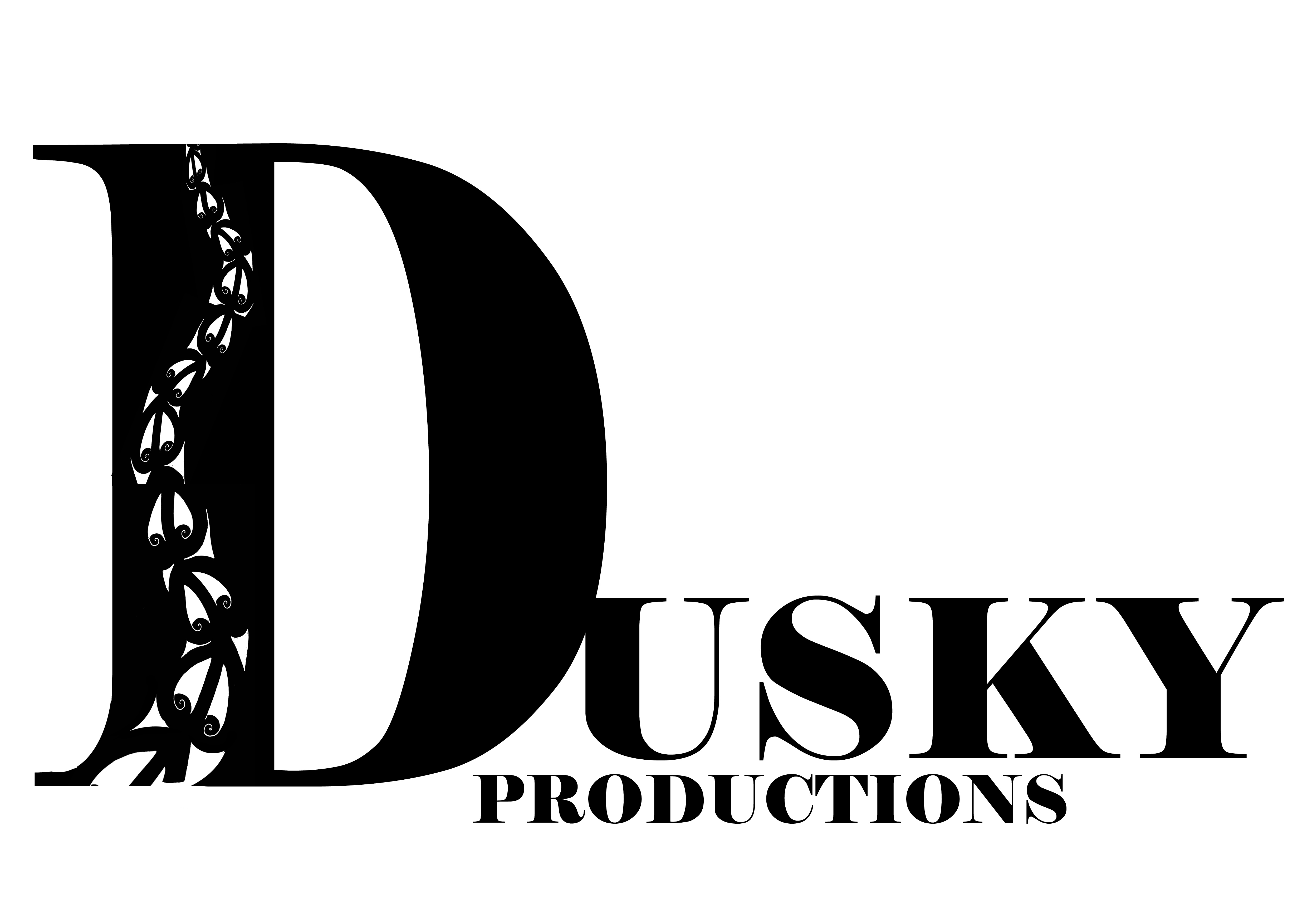Designing the inside of a Book
Our Novels and Children's books are A5 and perfect bound on the long edge. Our font is Garamond 10pt - 12pt.
We have printed one A4. perfect bound along the short edge which was a mission. But that is another story.
These are the terms for the
different parts of a book.
The front matter
Half title—This page contains only the title of the book and in our case the name of the writer. It is typically the first page you see when opening the cover. This is the page I usually sign.
Frontispiece—An illustration or quote on the reverse facing the title page.
Title page—Announces the title, subtitle, author and publisher of the book. Other information that may be found on the title page can include the publisher’s location, the year of publication, or descriptive text about the book. Illustrations are also common on title pages. We do not use these.
Copyright page—Usually the reverse of the title page, this page carries the copyright notice, edition information, publication information, cataloguing data, legal notices, and the book’s ISBN.
Acknowledgements—Not every book carries a dedication but, for those that do, it follows the copyright page.
Epigraph—The epigraph may also appear facing the Table of Contents, or facing the first page of text.
Table of Contents—Also known as the Contents page
Introduction is a prologue—The Prologue sets the scene for the story and is told in the voice of a character from the book.
The Body - this is the story in a novel divided into chapters. Or the short stories.
In non fiction book it can be divided into modules.
The Back Matter
Epilogue - An epilogue comes immediately after the main text. The focus of an epilogue is closure, and it is used as the final chapter of a story.
Afterward - The afterword generally explores how the book came to be written, or how the ideas were developed. In later editions, the afterword may be written by someone commenting on the book's historical and cultural impact.
Postscript - A postscript is typically found in letters and personal communications as a type of concluding comment. Postscripts are indicated by the initials "P.S.," the Latin post scriptum, which means “written after."
Glossary - A glossary is a collection of terms or words from the book typically in alphabetical order. I use this to explain Maori words or New Zealand slang or coloquial terms for readers who are unused to these terms, usually overseas readers.
Index - An index is used to find terms in the text. This back matter is composed of an alphabetised list of terms, and indicates where in the text these terms are used. The index is like a travel guide to the book itself.
Bibliography - A bibliography (also called a works cited or reference list) is a list of books or sources that have been used in the book at hand, or are relevant in some way.
We do not use all these parts of a book because we don't need them. But it is always good to know what things are called and what they are for.
